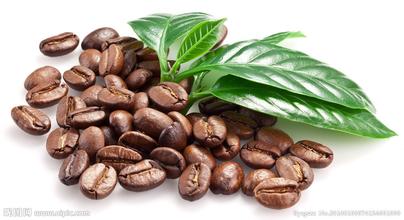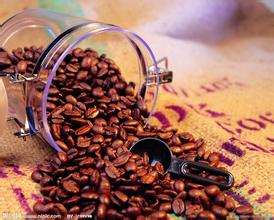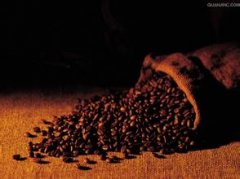Introduction and Flavor of Robuska Coffee beans describe the taste of growing environment and producing area
Introduction and Flavor of Robuska Coffee beans describe the taste of growing environment and producing area
The output of Robusta species accounts for 25% of coffee bean production, which accounts for 25% of coffee bean production. Its main producing country is Indonesia (one of its coffee beans is a kind of coffee bean processed by washing method, which is a hybrid between Robusta and Arabica. It is the only coffee bean on the Chinese market that can be used as a single drink), Vietnam, Africa, (Ivory Coast, Nigeria, Angola as the center of the West African countries), Vietnam has been more committed to coffee production in recent years, and included it in national policy (Vietnam also produces a small number of Arabica coffee beans) Robsta coffee tree is a kind of tree between shrubs and tall trees with longer leaves. The color is bright green, the tree can be up to 10 meters high, but the root is very light, the fruit is slightly rounder and smaller than Arabica coffee, the bean body is flat and round, and the pit in the middle is straight.
Robusta has a unique aroma (known as "Rob flavor", some people mainly because of musty smell) and bitterness. If 2% of the coffee is mixed with other coffee, the whole cup of coffee will become Rob flavor (therefore, Robusta coffee beans can not be drunk as individual coffee beans).
Its flavor is so bright and strong, but if you want to taste it directly, you have to be prepared.
In general, robusta coffee is used in instant coffee (which extracts about twice as much liquid as Arabica), canned coffee, liquid coffee and other industrial coffees.
Its caffeine content is much higher than that of Arabica, about 3.2%.
In the general coffee market, many people like to compare robusta and Arabica coffee beans, which is incorrect.
In fact, the Robusta species was originally a mutant of the Congo species (scientific name: Coffee Canephora), and it should be compared with the Alabica species.
Today, however, the Robusta species is commonly used by ordinary people, and it is not known that it is actually a variant of the Congolese species. Arabica coffee beans grow at colder high elevations in the tropics, and those high temperatures and low elevations that are not suitable for Arabica are the land of Robusta.
Robstado grows in the lowlands at 200-600m above sea level and likes warm climates. the temperature is 24-29 ℃, and the requirement for rainfall is not high. However, the variety depends on insects or wind to pollinate, so it takes 11 months from pollination to fruit, which is longer than the Arabica species.

Important Notice :
前街咖啡 FrontStreet Coffee has moved to new addredd:
FrontStreet Coffee Address: 315,Donghua East Road,GuangZhou
Tel:020 38364473
- Prev

Coffee beans raw and ripe growth process Roast degree Variety taste introduction
Coffee beans raw and mature spell growth process roasting degree variety taste introduction First of all, not every bean to reach a certain degree of roasting time point and temperature point is consistent. Because of the moisture content, size, hardness of the beans, etc. will be due to its uneven roasting phenomenon, said the professional point, this is due to coffee beans each specific heat is different, the concept of specific heat generally refers to coffee beans increased by 1
- Next

Description of taste and flavor of coffee bean washing method introduction of characteristics of varieties in producing areas
The description of the taste and flavor of the coffee bean washing method the introduction of the variety characteristics of the producing area is that the red fruit is dried directly and then forced to peel and peel. In this way, beans are often defective and not very beautiful. The appearance of common foreign bodies or stone beans in sun-dried beans is more than that of defective beans. The flavor of the beans treated by this method is more complex, with the flavor of the sun, the fruit flavor is very strong, and the consistency is better than that of washing.
Related
- Guji coffee producing area of Guji, Ethiopia: Humbela, Shakiso, Wulaga
- What is the most expensive variety of Qiloso in BOP multi-variety group?
- How to store the coffee beans bought home?
- Why are Yemeni coffee beans so rare now?
- Ethiopian Sidamo all Red Fruit Sun Sun Santa Vini Coffee beans
- SOE is mostly sour? What does it mean? Is it a single bean? what's the difference between it and Italian blending?
- Is Italian coffee beans suitable for making hand-brewed coffee?
- How to choose coffee beans when making cold coffee? What kind of coffee beans are suitable for making cold coffee?
- Just entered the pit to make coffee, what kind of coffee beans should be chosen?
- Can only Japan buy real Blue Mountain Coffee? What are authentic Jamaican Blue Mountain coffee beans?

